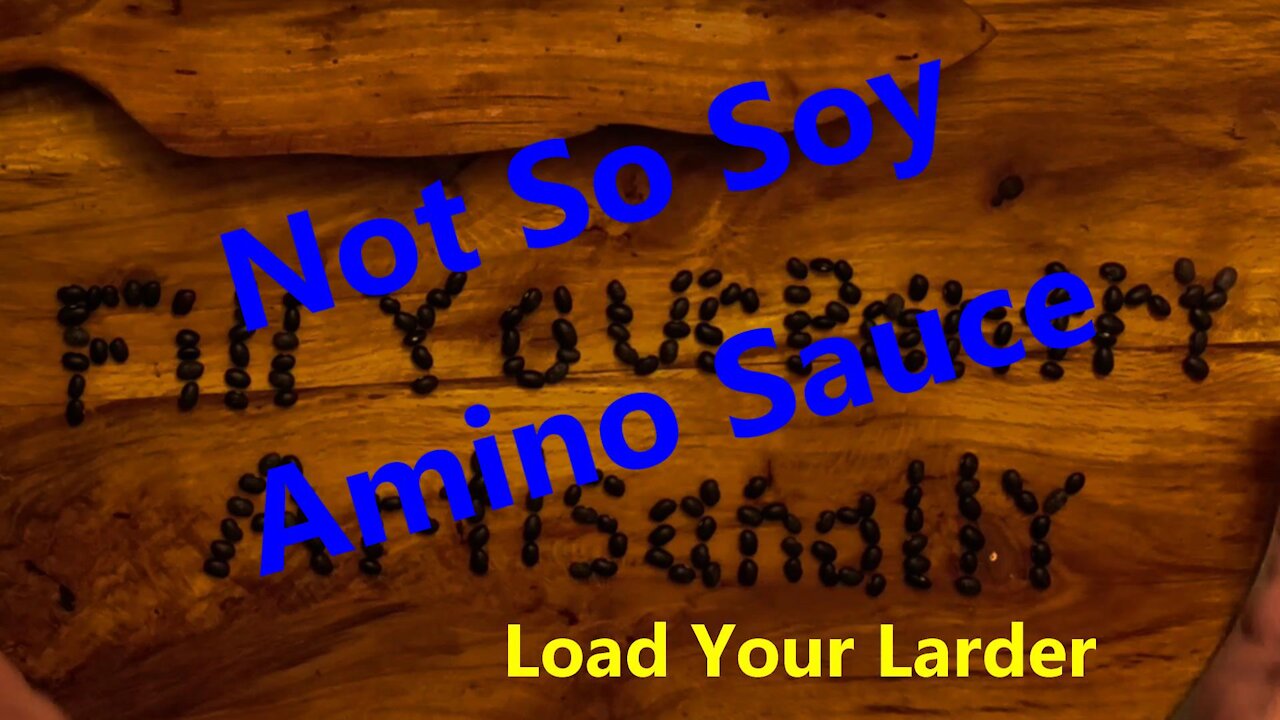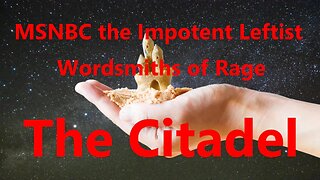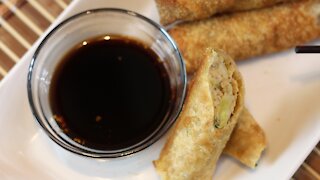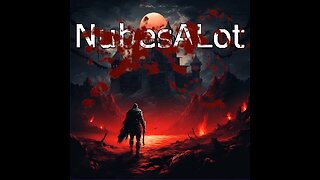Premium Only Content

Not So Soy Sauce Part 1
This is an alternate to soy sauce. I've made soy sauce many ties and decided to try a locally sourced version. What soy sauce is really is an amino sauce created by mixing a protein source such as beans and a carbohydrate source such as a grain or even potatoes. This mix used 6 pounds of dried nixtamalized corn and six pounds of dried black beans,
Now about the rest of the calculations in the recipe towards the end. If you make your own version of this your numbers will be different and these are the steps you need to go through for a 15% solution in the mix to ensure you that it won't have bacteria trying to ruin your efforts. Things such as fish sauce use a similar mix. Typically the salt content is 15% to 17%, but in some cases out of caution it goes a bit higher. Such is the case quite often with fish sauces.
The amount free unbound water in this particular mix I'm making here is 137.2 ounces. Since we're shooting for a 15% salinity on the water you subtract that number from 100%. This gives you 85. Divide 137.2 by 85 and you get 1.6141 ounces. Multiply that by 15 in order to get the required weight of salt. That number in this case is 24.21. Toss that in on top of the contents of your bucket and then mix enough saline solution at 15% to cover it up. Weigh out 85 ounces of water and add 15 ounces of salt. Sea salt is the best you can use for this just avoid iodized salt. I keep reading that.
After you've done this mix it in the morning and then at night for the first two weeks and then once a day after that. Once it's been going for a month or so stir it every once in a while. Keep this up[ for anywhere from three months to a year. I usually just go for six months.
How to nixtamalize corn. https://rumble.com/vfisoh-nixtamalize-corn-into-hominy.html
-
 5:54
5:54
Politics, Permaculture and Food
20 days agoMSNBC the Impotent Leftist Wordsmiths of Rage
442 -
 3:39
3:39
Its Only Food with Chef John Politte
3 years ago $0.77 earnedHow to make ginger soy dipping sauce
323 -
 5:09
5:09
unclemattscookerylessons
3 years agotartare sauce
75 -
 LIVE
LIVE
GuardianRUBY
2 hours agoRumble Takeover! The Rumblings are strong
712 watching -
 LIVE
LIVE
Etheraeon
9 hours agoWorld of Warcraft: Classic | Fresh Level 1 Druid | 500 Follower Goal
472 watching -
 LIVE
LIVE
VapinGamers
1 hour ago🎮🔥Scrollin’ and Trollin’: ESO Adventures Unleashed!
518 watching -
 LIVE
LIVE
a12cat34dog
3 hours agoGETTING AFTERMATH COMPLETED :: Call of Duty: Black Ops 6 :: ZOMBIES CAMO GRIND w/Bubba {18+}
189 watching -
 LIVE
LIVE
NubesALot
5 hours ago $0.02 earnedDark Souls Remastered and party games
319 watching -
 LIVE
LIVE
GamersErr0r
17 hours agoOverwatch 2
199 watching -
 LIVE
LIVE
Phyxicx
3 hours agoRocket League with Friends! - 11/22/2024
104 watching